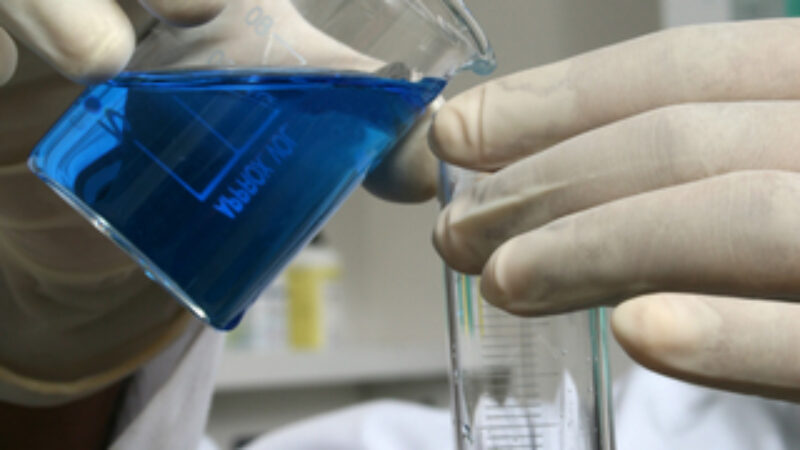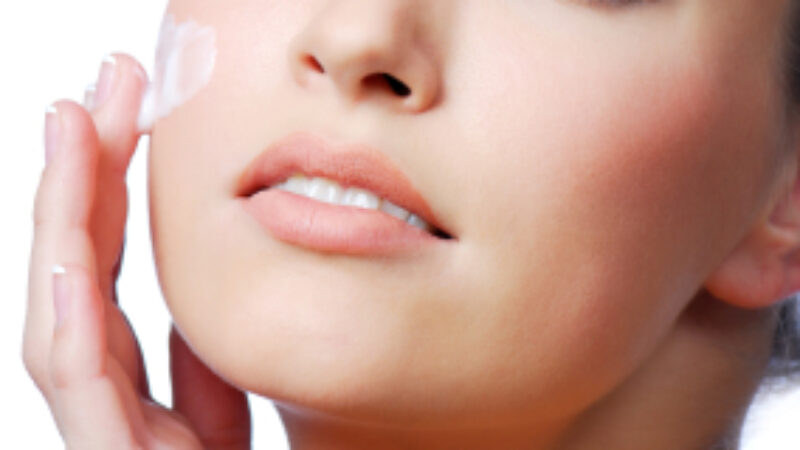Many people visit tanning salons for the convenience. They want their skin to have that bronzed glow without spending a lot of time to achieve it. Gyms and tanning salons have responded by increasing the number of tanning beds available for the customers. But, are tanning booths safe? Are you allowing your skin to be damaged without even realizing it. Below, I’ll explain how tanning beds work (you may be surprised) and why you might want to consider giving your tanning bed fix a thumbs down.
Free From Ultraviolet Rays?
First, you may not realize that tanning booths work by emiting ultraviolet rays. These rays have the same damaging effect on your skin and DNA as those from the sun. Just as most dermatologists recommend avoiding the sun, you should also avoid UV exposure in tanning booths.
Tanning booths bathe your skin with both UVA and UVB rays. UVB rays are responsible for sunburns (amongst other things). While UVA rays don’t cause sunburns, they’re longer than UVB rays and penetrate more deeply under the epidermis. This causes your skin to produce melanin and eventually tan. Because most of a tanning salon’s customers want to have tanned skin, the beds are typically calibrated to emit 95% UVA rays and 5% UVB rays. This reduces the likelihood of a sunburn while increasing the chances of producing a the tan that most customers want.
Unfortunately, this exposure to UVA rays can cause the same skin and cellular damage as those from the sun. Because of the calibration of the tanning booth, focusing more on the UVA rays, the exposure can actually be more dangerous in the bed than if you’re outside in the sun.
The Protective Base Tan
Some people claim that visiting a tanning booth can be beneficial because the tan provides a protective base over your skin. That way, when you’re outside, your skin is naturally shielded from the sun’s UV rays. In truth, a tan can’t provide protection over SPF 6. For true protection, most healthcare professionals will recommend a sunscreen that offers at least an SPF 30 with protection from both UVA and UVB rays.
You can find photostable broad spectrum protection from Mexoryl based sunscreens as found in Anthelios.
A Safe Way To Tan
The only truly safe way to tan is to use an autobronzer or self-tanning product like La Roche Posay Autohelios. You’ll be able to enjoy the rich color you desire without damaging your skin or increasing the chances of developing skin cancer.
If you care about the health of your skin, you’ll give the tanning booth a miss and protect your skin with a well formulated, photostable UVA/UVB blocking sunscreen whenever you’re exposed to the sun.



Most tanning units actually have the same UV ratios as natural sunlight, and are of course used in a controlled environment where exposure times are determined and monitored according to the person’s skin type.
If anyone wants some positive info regarding moderate uv exposure and vit D production, visit sites such as http://www.uvtalk.com.
This “sunscreen” you and those “healthcare professionals” recommend. Is this the very same sunscreen the CDC recently found to be TOXIC to humans and causes cell damage.
http://www.ewg.org/node/26212
The scandal between the Dermatologists and the sunscreen industry has become just that. A scandal.